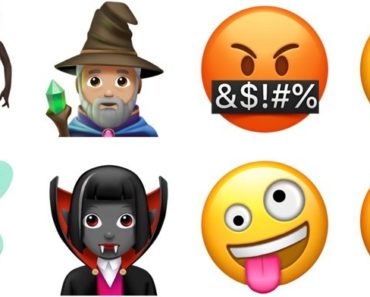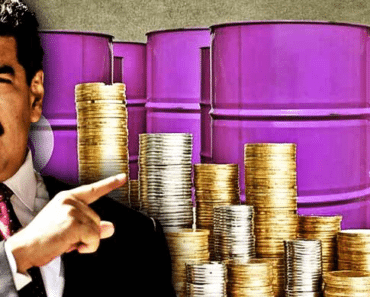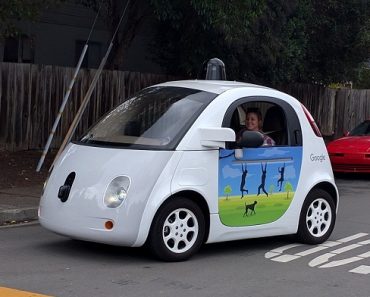On November 31st, Youtuber Logan Paul, a social-media star with more than 16 million instagram followers, uploaded a video of his visit to Aokigahara’s infamous suicide forest, a popular destination for people to attempt suicide. In it, him and his friends encountered a man’s dead body and Paul made it the centerpiece of his video and even made the body the thumbnail.
Logan Paul’s horrific video of a dead body in Japan’s “suicide forest,” and YouTube’s failure to moderate it properly, has raised criticism about how the streaming channel moderates content from its top creators, if at all.

Photo: The Star
Failed Filters & Delayed Moderation
But why is Youtube seemingly let stuff like this get past their filters and allowed to post and taking their time in taking it down? There’s a simple reason why, and it’s one of the most contentious arguments amongst the YouTube community: advertising. YouTube doesn’t care about Logan Paul because, as far as we’ve seen, advertisers don’t care about Logan Paul.
But what are the ramifications of the ads and the backlash that Youtube has been receiving on smaller creators? New monetization rules. The updated rules state that in order for creators to be eligible for the Partner Program, a collective whose channels can be monetized through Google AdSense, they must have a total watch time of 4,000 hours in the past 12 months and a minimum of 1,000 subscribers.
Backlash from Smaller YouTubers
The backlash from smaller YouTubers was instant and unforgiving. The criticism varied among creators. Some are worried about their channel’s revenue drying up. Others feel like they are being excommunicated from the greater YouTube community.
YouTube is trying to do what it has needed to do for years: moderate. Although the company won’t be able to check every single video uploaded to the platform, it’s going to start introducing strong moderation tools that will help advertisers feel safer about where their ads lie.
Youtube Moderation
By cutting off the sea of channels that YouTube may not have been able to keep a human eye on, the company will also ensure that it can try to gauge what content is receiving placement for advertisers. This move is just triage. It won’t solve the problem forever. It will patch just enough injuries to keep the body alive while the company investigates a better solution.
YouTube is being absolutely, undoubtedly selfish by protecting its advertisers. It’s attempting to clean up its content and prevent another monstrous screw-up by one of its creators. Right now, YouTube needs to be selfish.
YouTube needs to not only survive, but thrive in this growing market. Competitive, emerging services are circling YouTube’s bleeding wounds like hungry sharks. The company is in self-heal mode. We sho









